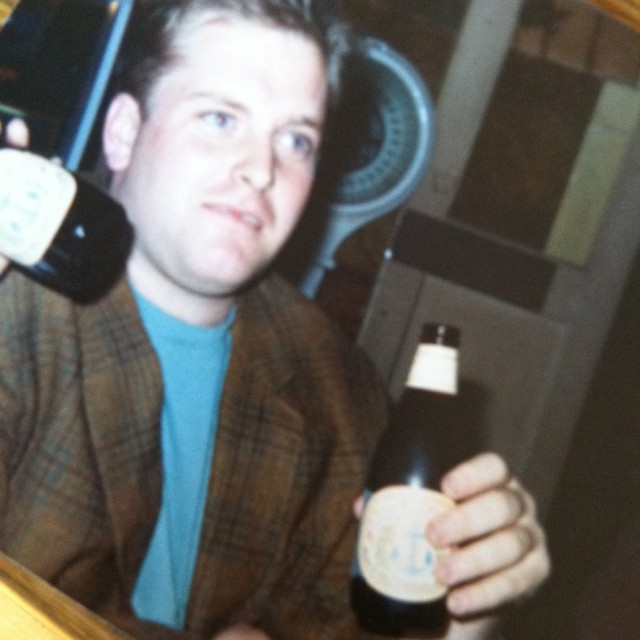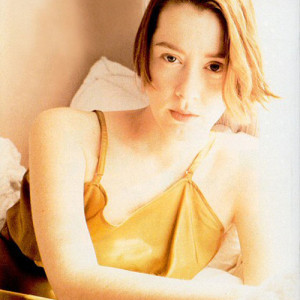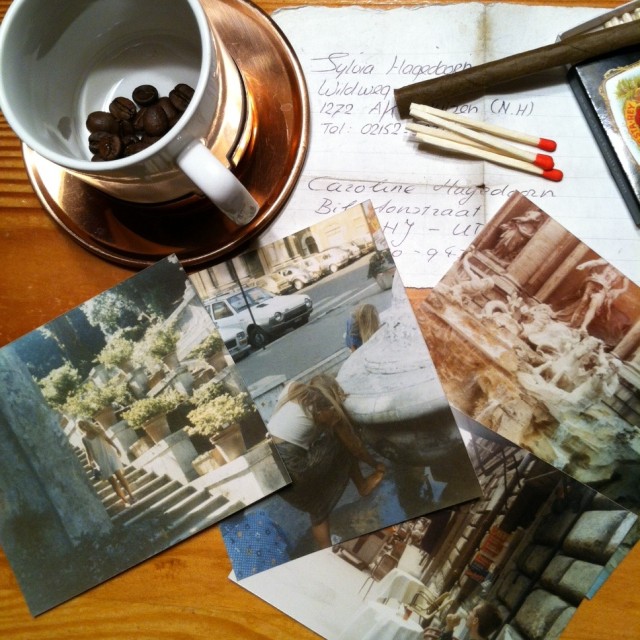Insomnia, Part Three: If you knew Suzanne like I knew Suzanne
August 1985.
Returning for fall term from his home in Denver to our little college in Nebraska, Stanley Howell brought a girl back to campus. A doughy, genial, awkward guy, Stanley carried a rumpled 230 pounds, and was maybe 5’10”. The expressions on his marshmallow face alternated between distilled confusion and confused amusement. Often, when he finished speaking in his short clipped sentences, or sometimes for no reason at all, he would automatically puff out what seemed a slightly pained or embarrassed two-syllable chuckle.
“Heh heh.”
He often narrowed his eyes, crossed his arms to place his hands snugly in his armpits, and said, “What?”
His arms and hands he mostly kept close to his body with the physical self-consciousness of one who is always at least a little bit uncomfortable of mind, and who is puzzled by the workings of his own body.
“What?”

When Stan was around there was always something to be tipped, spilled, or toppled. A butt-brimming ashtray, a glass of water, soda, or beer – these were likely to wind up dustily strewn, or soggily splushed to the floor – casualties of Stan’s awkward elbow or his unknowing rump. He was an overgrown puppy who wanted to please, who just wanted to know what is happening? How do I fit in? Tail always a-wag. Moving side to side. Often backing up blindly – then, splush.
“Heh heh.”
She was not a Coloradan, this girl Stan brought with him to our little college in Nebraska. A quietly exotic New Yorker, this girl was a bit older than we were, and surely more worldly. Like Stanley, Suzanne was a musician. Reddish-blond and blue-eyed, with a pale gold complexion, she was petite, composed, vivid, and alive in a way I had never heard. My crush was instantaneous and deep. I craved listening to Suzanne. Her nimble and delicate fingers were so assured on her folkie acoustic guitar and she sang with a bright clear voice. Even with eyes closed one could feel that Suzanne fairly shimmered.

So how does a guy like Stan track down a girl like Suzanne? It really was not unusual for Stan to make these kinds of finds. In spite of being extraordinarily clumsy in his physical actions, and although he was always at least half-addled, Stan had an elegant and graceful mind for music. He was gifted in his ability to track down good songs and identify good songwriters and players. Suzanne was both.
I lived on campus with a really good dude named John Jack. We lived just down the hall from Stanley. That August, when Stan introduced us to Suzanne on LP – this marvel he had discovered, this poet, this siren he had fallen in love with and then blessedly brought to Nebraska – John seemed instantly to share my obsession with her, too. We wanted to listen to her all the time. I bought a cassette of Suzanne’s debut.
John and I shared a habit of listening to music late at night while trying to fall asleep. Sometimes we played music instead of falling asleep. The tape on that cassette of Suzanne Vega playing her songs became very thin from play. I could listen to her all through the night, and I came to associate her with the loneliest time imaginable: that is 4:07 am. Suzanne, through her lyrics and her delivery, could make one feel understood and even comforted. “YOU are my kindred spirit,” she seemed to be saying to me alone.
But she was not meant to play and sing just for us. She infiltrated the ears and enchanted the minds of enough people like John whose tastes varied but ran more to Motörhead; enough people like me and Stan, whose tastes also varied but ran more to the Smiths and Siouxsie. Enough people thought of her as, “my friend, Suzanne. Suzanne, who understands me,” that she began to get big. Really big. She was getting popular and building an enviable career.
August 1987.
Large cities can be surprisingly quiet. On the sunny sidewalk outside a narrow coffee shop near the Spanish Steps in Rome, I was eating gelato beneath a bright blue and red Cinzano umbrella. I had spent the morning and early afternoon exploring Rome’s Botanical Garden with my friend Brent and a pair of Dutch sisters whom we had met as soon as we arrived in Italy – Sylvia and Caroline Hagedoorn. We could not stop talking about the mesmerizing sound installation that the Botanical Gardens featured. The sound artist was Brian Eno, and his ambient recorded sounds had been placed discreetly throughout the gardens. As we smoked cigarettes, drank coffee, and ate gelato, “Luka” began playing on the café’s radio, supplanting thoughts of Brian Eno. The song’s sounds mixed with footsteps of the stylish Romans and the tourists stalking through the streets. Laughter. Far away car horns.

September 1987.
Early autumn and feeling cold on a windy gray morning, I helped my mother prune and clean up flowerbeds around my parent’s house. We transplanted mums from display pots into the ground. On the porch, attached to a short brown extension cord, was a portable Sony “boom box” that I had brought outside and set up. Sounds of “Gypsy”, “Language”, and “Wooden Horse” faded in and out, in the swirling, winter-promising wind. My mother and I were not in a rush to finish, and we worked slowly and steadily.
Thursday 22 October 1987.
Alone and unable to convince anyone to join me, I made my way the short distance from my apartment in Chelsea, MA to the Orpheum in Boston for a concert. I think I walked the whole way to save a little money. Richard Barone was brilliant and unusual as the support act – he worked as part of a trio that was himself on guitar, a cellist, and a tympanist. Soon, Susanne Vega took the stage. The other 2,700 people comfortably seated in the Orpheum’s red velvet theatre seats melted away. Suzanne sang and played a concert just to me. I did not feel the slightest bit sleepy. I was wide awake and could have stayed up listening to her all night.
from Solitude Standing (1987) – Suzanne Vega, Language
from Suzanne Vega (1985) – Suzanne Vega, Some Journey
Thank you Stan. Thank you Suzanne.
